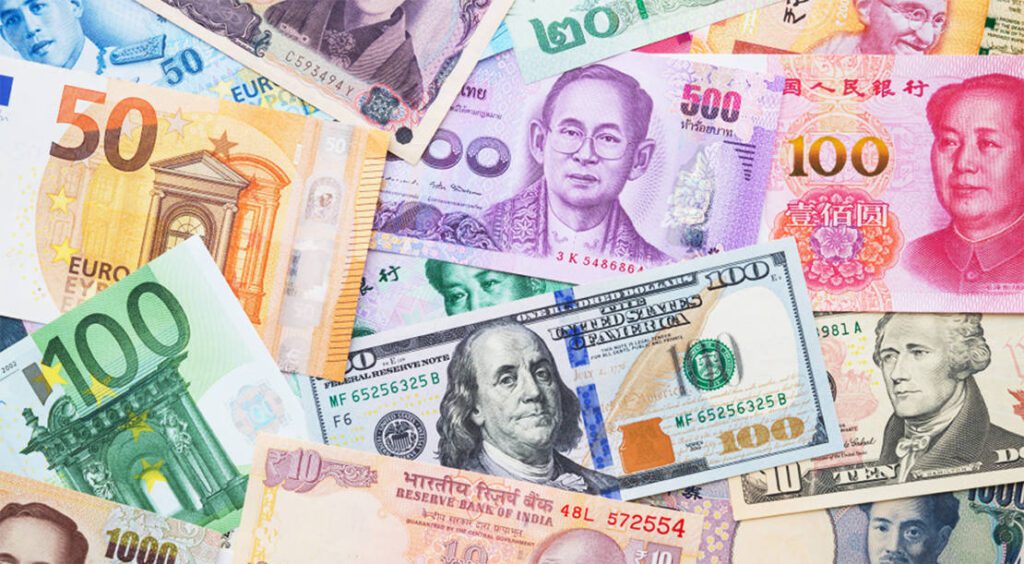According to RBI statistics, India’s foreign exchange reserves fell by USD 691 million to USD 562.808 billion as of December 23, marking the second consecutive week of loss.
The aggregate reserves fell by USD 571 million to USD 563.499 billion in the prior reporting week, breaking a five-week trend of rising reserves.
India’s foreign exchange reserves fell by $691 million for the second week in a row

The country’s foreign exchange reserves hit an all-time high of USD 645 billion in October 2021. The reserves have been falling as the central bank utilized them for safeguarding the rupee against pressures brought on mostly by foreign developments.
According to the RBI’s Weekly Statistical Supplement, foreign currency assets (FCA), a significant component of total reserves, fell by USD 1.134 billion to USD 498.49 billion for the week ending December 23.
Foreign currency assets, expressed in dollars, comprise the effect of appreciation or depreciation of non-US units such as the euro, pound, and yen held in foreign exchange reserves.
According to the report, gold reserves climbed by USD 390 million to USD 40.969 billion.
The Special Drawing Rights (SDRs) increased by USD 8 million to USD 18.19 billion, according to the apex bank.
According to the statistics, the country’s reserve position with the International Monetary Fund (IMF) increased by USD 45 million in the reporting week to USD 5.159 billion.
A decrease in foreign exchange reserves can have several negative effects on the country’s economy. Some of them are:
Reduced import financing capacity:
Since foreign exchange reserves are used to pay for imports, a reduction in foreign exchange reserves can limit a country’s ability to import goods and services. This can lead to shortage of essentials and lower living standards.
Weak currency:
A decrease in foreign exchange reserves can lead to a devaluation of the domestic currency as demand in the foreign exchange market decreases. This could increase the price of imported goods and make it more expensive for the country to borrow money from foreign lenders.
Also Read: Union Budget 2023: what should you anticipate
Declining confidence in the economy:
A decline in foreign exchange reserves may be seen as a sign of economic weakness, and thus may reduce confidence in the economy. This can lead to capital flight as investors and companies draw money out of the country.
Higher Borrowing Costs:
A decline in foreign exchange reserves could lead to a decline in a country’s credit rating and increase borrowing costs for governments and the private sector. This can make it difficult for countries to fund infrastructure projects and other investments.
Difficulties in stabilizing the economy:
Foreign exchange reserves are often used to stabilize exchange rates and control inflation. Declining reserves could make it more difficult for central banks to meet these targets, leading to economic instability.






